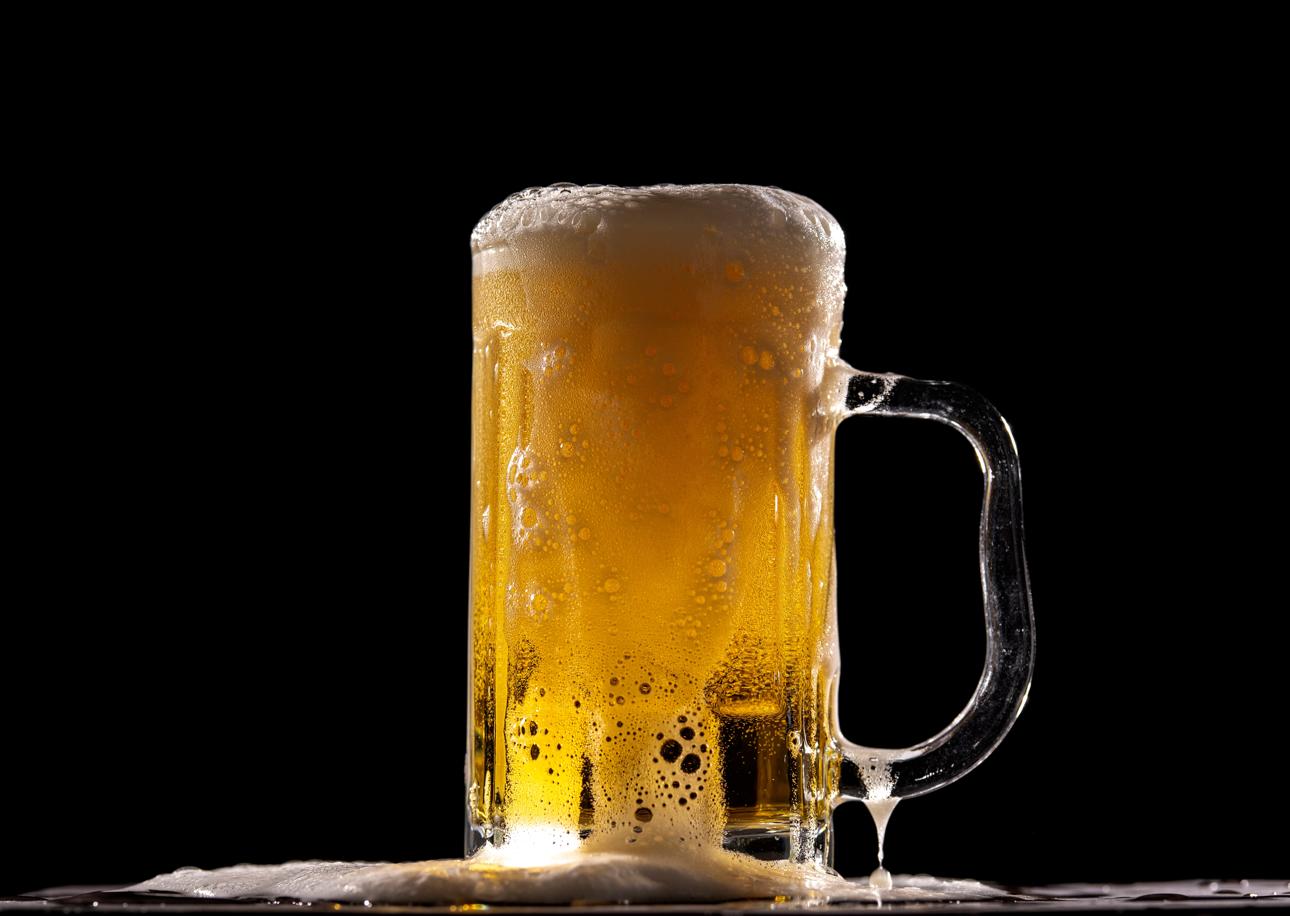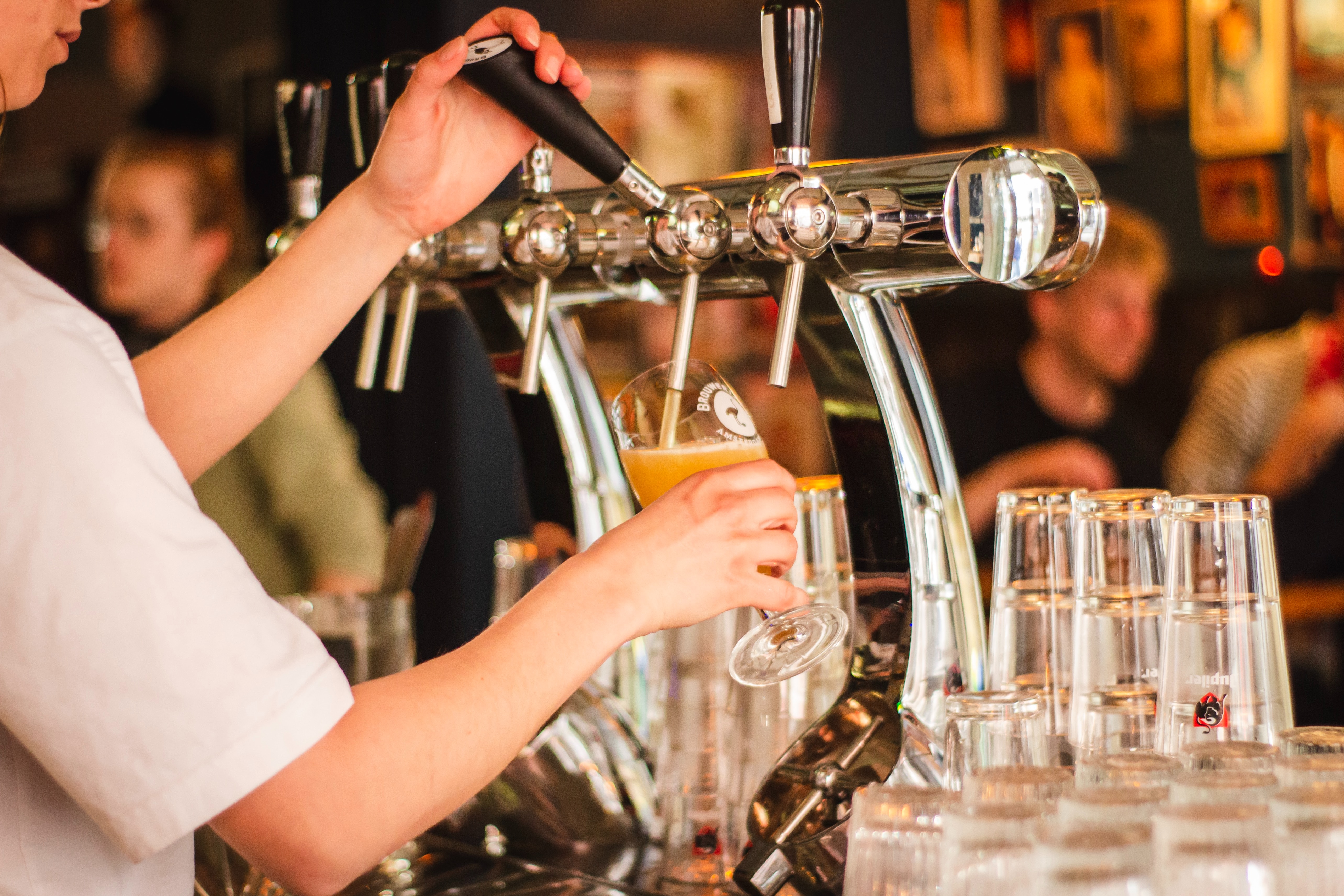9 Famous Thai Celebrities’ Cafes and Eateries in Thailand
A look at a list of Thai celebrities who own restaurants and ...

During the Middle Ages, monasteries held significant importance as breweries. The monks, known for their expertise in brewing, were not only skilled artisans but also keen enthusiasts of their own barley-based creations. This affinity for beer among the monks is likely why some familiar beer brands today bear names that are reminiscent of religious orders, such as “Alpirsbacher.”
In the early days, monks and nuns brewed beer exclusively within the walls of monasteries and convents, primarily for their own enjoyment. However, their hospitable nature led them to frequently welcome visitors, who were treated to the monks’ own crafted beer. Notably, the beer produced within the monastery surpassed the quality of what was available elsewhere. With the advantage of having abbots who possessed the ability to read and write, the monastic communities were able to study historical written records and experiment with age-old recipes. It was through this process that the monks developed into brewing specialists, mastering the art of beer production.
But these monks were not content with just making beer; they aimed for perfection. Their disciplined approach and relentless pursuit of excellence led to refined techniques, including precise temperature control during fermentation and ageing, as well as groundbreaking cellar methods for storing and maturing their liquid creations.
“Liquida non frangunt ieunum – Liquids do not break the fast.”

The monks had a clever trick up their sleeves and gladly embraced this principle, as it allowed them to indulge in brewing and consuming beer even during the period of Lent. Their secret? Since they were restricted from consuming substantial amounts of food during Lent, they compensated by enjoying robust, full-bodied, and calorie-rich beer. It’s worth noting that the beer back then contained a gentler alcohol content compared to today’s standards. Monks drank a significant amount of beer on a daily basis, records indicate each monk was allowed five litres of beer a day. Cheers to that!
Furthermore, monks were known for their commitment to self-sufficiency, and brewing beer became an important part of their activities. As their expertise grew, some monasteries began commercialising their beers, leading to the establishment of renowned brewing operations that continue to thrive today. One example is the Trappist breweries, which are still run by Trappist monks and follow strict standards set by the International Trappist Association. These monastic breweries produce some of the most highly regarded and sought-after beers in the world.
So the next time you’re enjoying a cold beer, take a moment to appreciate the monks who played a significant role in its production as a mass market product. Their dedication and expertise have shaped the colourful tapestry of beer’s history and tantalising flavours. A spirited toast to these extraordinary brewers, the monks who revolutionised the art of beer production. Cheers!
A look at a list of Thai celebrities who own restaurants and ...
These top 5 barber shops in Bangkok are where gentlemen can elevate ...
Saturdays are already made for Salmon, now there's even more reason to ...
A detailed guide to hiking the Naga Cave, combining physical challenges with ...
While traditional TV shows are serving us endless boy-meets-girl tales. Thailand has ...
Sailorr and Molly Santana’s black grills fuse hip-hop swagger with homage to ...
Wee use cookies to deliver your best experience on our website. By using our website, you consent to our cookies in accordance with our cookies policy and privacy policy